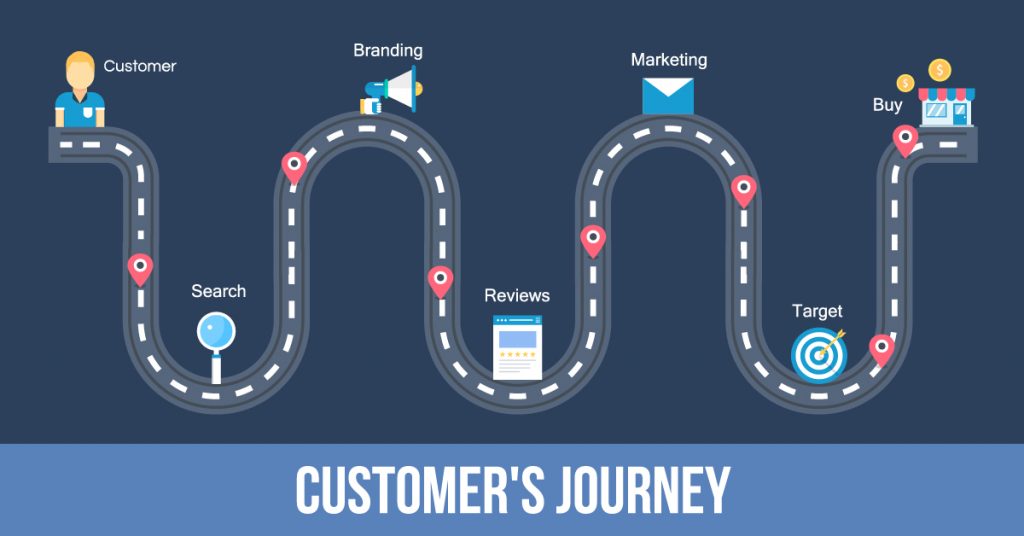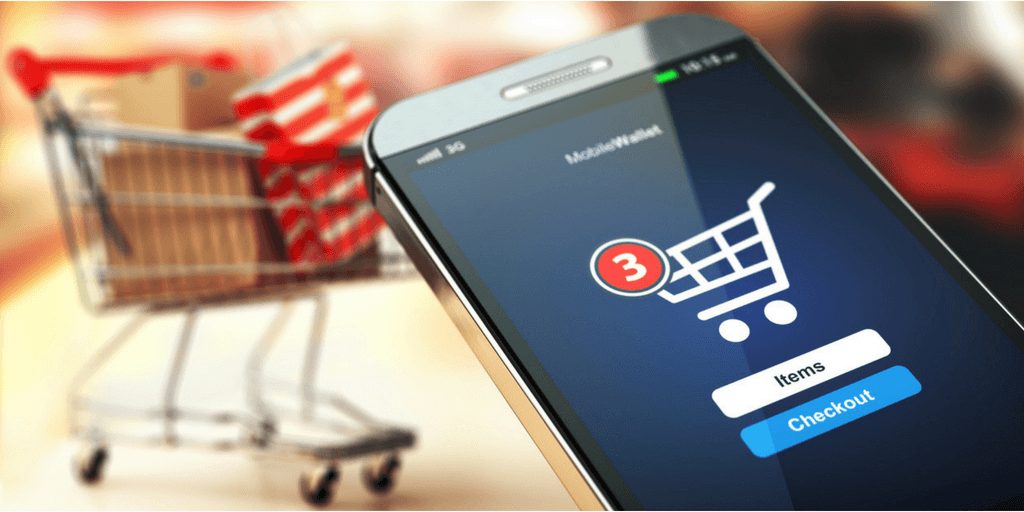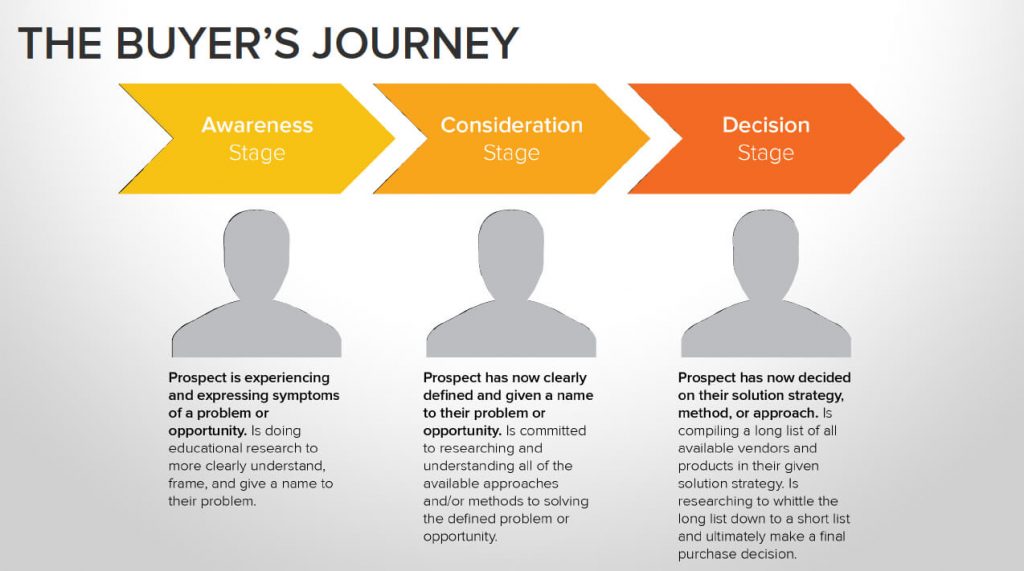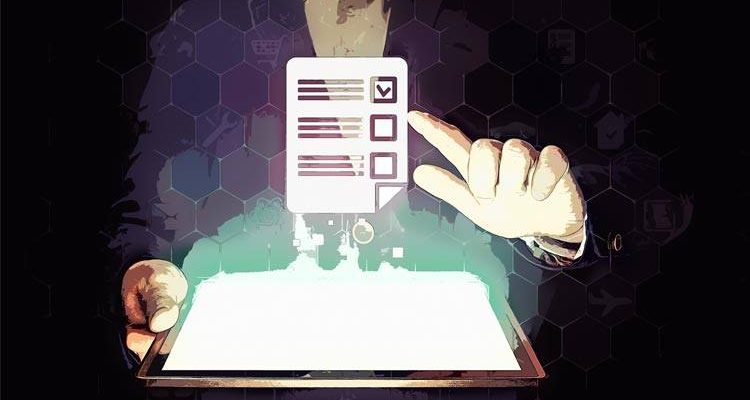Times are changing, and nowadays, most of the buyers’ journey is happening on the internet. Businesses take measures, including hiring Digitawise (a marketing agency), to optimize their site to fit into every step of the buying journey.
The buying journey changes depending on different buyers, but there are some stages that many buyers go through when buying a product;
- Recognizing that there is a problem they need to be solved
- Searching for the solution
- Considering alternatives
- Getting the solution (action stage)
- Post action stage
This post discusses how you can optimize your site for every stage. You can do actionable things to influence your web visitors to buy from you and lead them down the buying funnel.

Source:blog.spjain.org
Stage 1; customers recognize a problem they need to be solved
The first stage a potential customer goes is realizing there is something wrong and knows that he/she is missing something. The customer has a vague idea of what he/she is missing and goes to seek knowledge from expert blogs, white papers, eBooks, and educational reports.
You need to be aware of your customers’ needs and what they are likely to search about on the internet. Once you get the information, craft informational blogs that expound on your customers’ problems and explain the possible solutions to these problems. Also, do not forget to add a CTA at the end of the blogs if the reader gets compelled to convert.
Stage 2; Searching for the solution
Once the customer is aware of what he/she is missing clearly, the customer now focuses on finding a solution. Similar to the first stage, the customer will look for content that expounds on the different solutions available for him/her.
You need quality content with you that addresses possible solutions for your target customers. Also, ensure that the content is easy to read, engaging and your sites are loading at optimum speed. Consumers should have an easy time on your site when navigating the buyers’ journey.
Stage 3; considering alternatives
Now the consumer knows of the solution that he/she needs, and he/she starts pondering where he/she will source the solution. At this stage, the customer looks at your solution’s features and compares them to what your competitors are providing.
If a customer is at this stage, he/she is ready to convert into a buyer; hence, you need to be more compelling and persuasive. Your objective is to convince the customer that you have the best solution for his/her problem. Ensure you craft content addressing;
- Shipping
- Product warranties
- Technical specifications of the product
- Product’s features
The more content you have, the better, and a brand with the most compelling content will likely convert more of their target audience. It is a stage you need to focus on and aim for maximum conversions at this stage.
Stage 4; Getting the solution (action stage)

Source:springbot.com
The fourth stage is the stage you want many of your consumers to get to, but still, there is a chance that customers may change their minds, and you need to optimize for the stage. According to statistics, the average rate of cart abandonment is 70%.
To avoid this, optimize the shopping cart to ensure it loads fast for your consumers. Once the customer buys, your job isn’t over since the five-stage is the post-action stage.
Stage 5; Post-action stage
Customer retention costs more than customer retention, and many businesses tend to focus less on customer retention, but it is as important as customer acquisition. The customer may encounter the same problem, and you need to ensure that he/she comes back to you. If not, at least ensure the customer recommends you to a few others.
The best way to maintain a customer is by offering him/her excellent customer service and continued support. Good customer service and continued support distinguish you among your competitors, and when the consumer encounters another issue, he/she remembers you.
Using keywords to determine buyers’ location in the buying funnel
It is best if your customer lands on an optimized page that fits his/her buying stage. For example, if a person in the first stage, it is best to discuss customer problems and offer solutions if he lands in your expert blog.
It is possible to do this by using keywords. A customer at the first stage of the buying funnel will most likely not use the same keyword as the third stage. For example, a person who searches for clothes maybe just looking for information and is not ready to buy anything
on the sites he/she visits. On the other hand, if a person searches for a ‘dress of size xl,’ he/she may already have money in the pocket and is ready to buy the product. Analyze these keywords and place them in the landing pages naturally so that when a customer is searching for something, your content feels to be more relevant than your competitor’s. Google keyword planner is a tool that can help you know which keywords are most relevant to your consumers in each buying stage.
Key points to note

Source:business2community.com
- Content marketing is a crucial aspect of helping customers complete the buying journey- Have authoritative and quality content in your website that your consumers can find relevant and useful.
- CTAs are invaluable- You should always close with a CTA. The CTA should be compelling and one that inspires the target customers to take action.
- Make the buyers’ journey smooth- Provide the buyer with the information he/she needs, and make sure that your site is loading fast (should take 2.5 seconds or less). Also, lead the customer to the next steps by using links and CTAs.
Key Takeaway
Understanding the buyers’ journey is key to ensuring that most of your traffic converts. Optimize your site to ensure that it addresses every stage of the buying funnel. Content, CTAs, and keywords are your gateway to addressing the various people in different stages of the buying journey, so invest in them.

